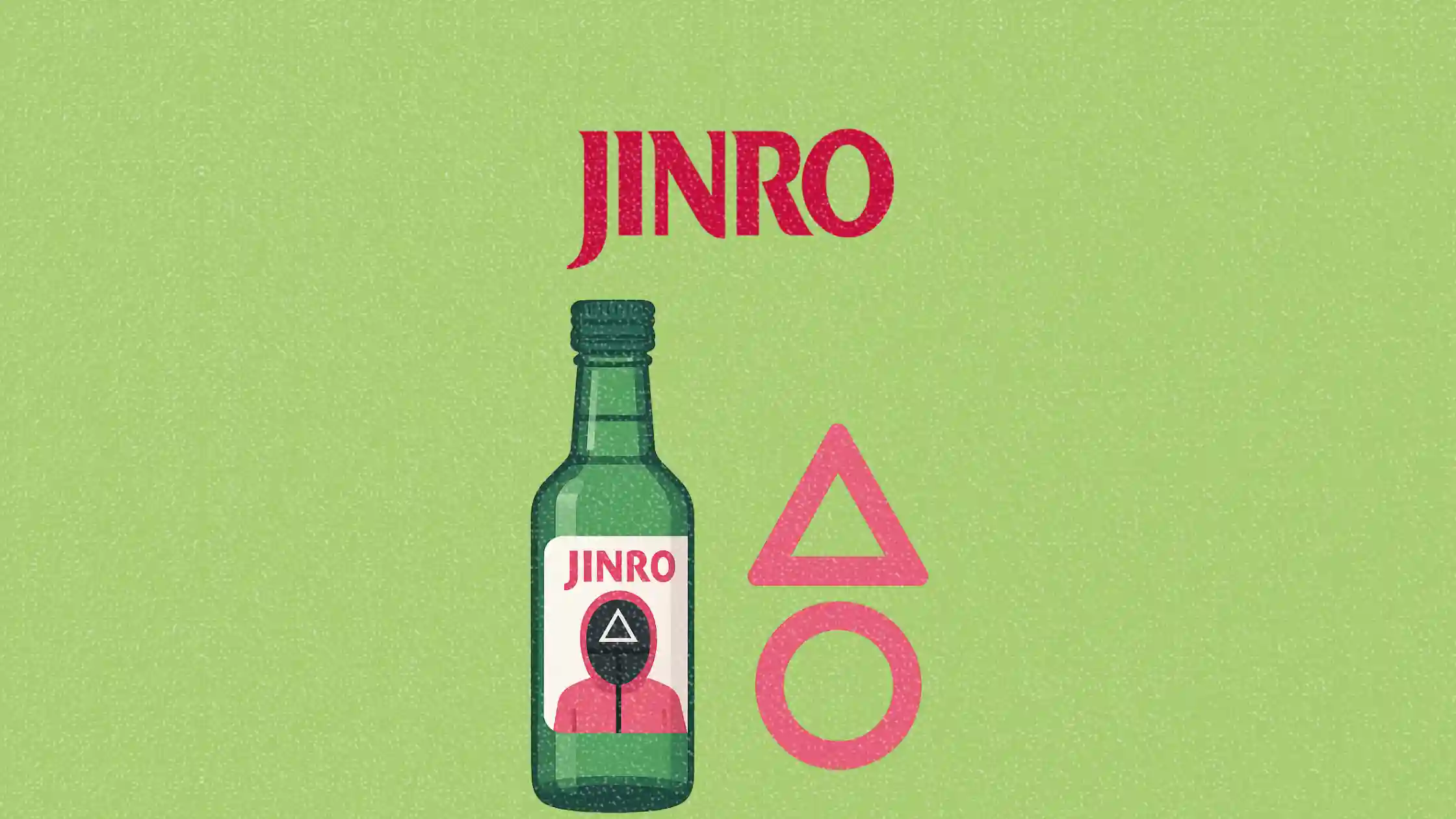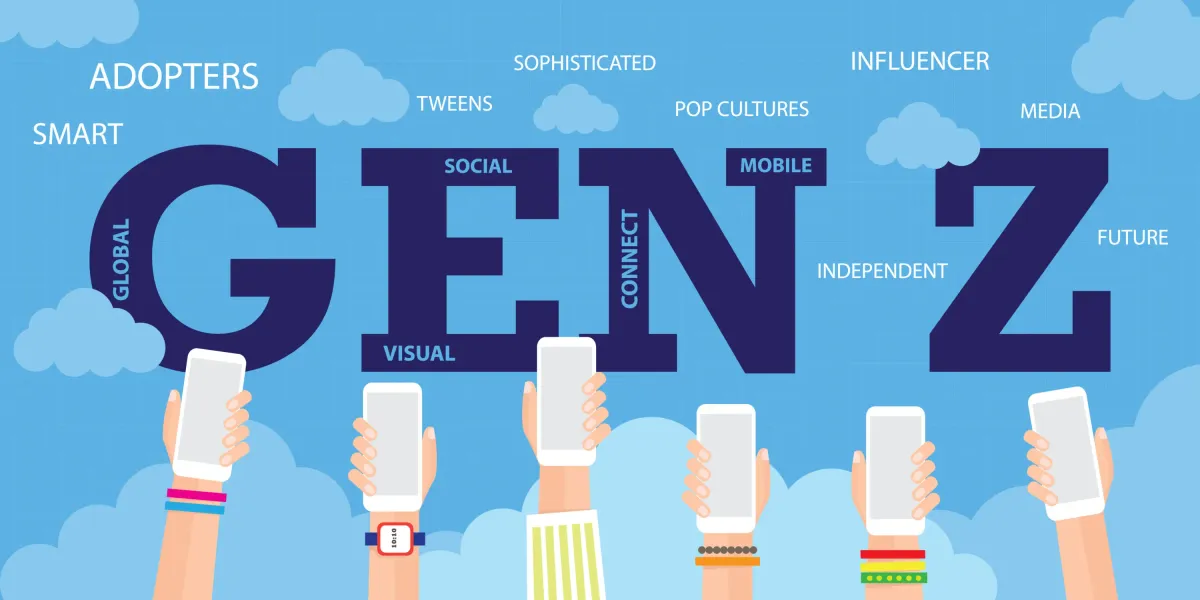JINRO rides Squid Game hype again with season 3 soju collab
JINRO’s new campaign with Netflix reveals how fan activations can drive global product demand

After a wildly successful 2024 run, JINRO is once again betting big on Squid Game fandom—this time with a broader global push.
The soju brand, owned by HiteJinro, has announced a new limited-edition Chamisul bottle line tied to the upcoming season three of Netflix’s blockbuster Korean survival drama. This marks the brand’s second major campaign built around Squid Game IP, and it's not just a local stunt this time—it’s a calculated global play across 18 countries.
This article explores how JINRO is deepening its partnership with one of the most recognizable entertainment franchises in the world, the mechanics of this latest campaign, and what the move reveals about effective pop culture marketing.
Short on time?
Here’s a table of contents for quick access:

What's new in JINRO's Squid Game collab?
JINRO’s new bottle collection features visual nods to Squid Game’s expanded universe.
Updated designs include the eerie pink-suited guards, and a reimagined version of the brand’s iconic toad mascot dressed in contestant garb.
The brand is also bringing back Young-hee, the now-iconic animatronic game doll from previous seasons. During the season two campaign, this prop became a meme magnet—fueling user-generated content and online challenges that drove millions of impressions.
This season’s edition kicks off with an even bigger splash. JINRO will host an exclusive activation booth at Netflix’s official Squid Game season three fan event in New York City on June 20. Attendees will be treated to tastings and limited-edition gift kits showcasing the crossover bottle design.
According to JINRO, the previous campaign generated over 100 million views across platforms like Instagram and YouTube. With the current rollout extending to the US, UK, France, Malaysia, and UAE, the brand is clearly aiming to expand its viral impact.

Why this campaign matters now
The timing is smart. Squid Game remains one of Netflix’s most valuable IPs, with season two breaking records and racking up 68 million views in its debut week alone. The show topped Netflix’s global charts and entered the platform’s “Most Popular List” faster than any other title.
For brands like JINRO, piggybacking on such high-performing cultural phenomena means instant relevance—especially in non-traditional soju markets.
Other brands have already tapped into Squid Game’s viral pull. Johnnie Walker and agency Gigil hosted real-life games in Manila. American Tourister reimagined the show’s invitation in a luggage campaign. Even Netflix Malaysia turned train stations into fully immersive set pieces.
But JINRO’s playbook shows more continuity and character. Rather than a one-off moment, the brand is investing in a serialized fandom activation that evolves with each season.
What marketers should know
JINRO’s latest Squid Game collaboration offers a few key lessons for marketers tapping into pop culture:
1. Globalize from a local proof point
The brand didn’t go international with season two—it proved its concept in high-engagement markets like Korea, Japan, and Mexico first. Now, it’s leveraging past performance data to scale intelligently.
2. Use visual storytelling, not just licensing
The creative reinvention of the JINRO toad and returning props like Young-hee serve as more than decoration—they act as continuity hooks that make fans feel part of an evolving narrative.
3. Don't just sponsor—activate
Sponsoring a fan event is standard. But JINRO is going further by integrating tastings, limited merch, and in-person engagement. These touchpoints blur the lines between fandom and consumption.
4. Capitalize on cultural saturation—but avoid fatigue
With so many brands leaning on Squid Game IP, marketers must ask: is your creative approach adding value to the fandom, or just riding the trend? JINRO walks the line by reintroducing familiar icons in new ways.
JINRO’s continued investment in Squid Game proves that smart brand partnerships don’t need to reinvent the wheel every year. Instead, they build equity through consistency, cultural relevance, and careful expansion.
For marketers, this campaign is a case study in how to blend product, fandom, and experience into a sustained global moment.




